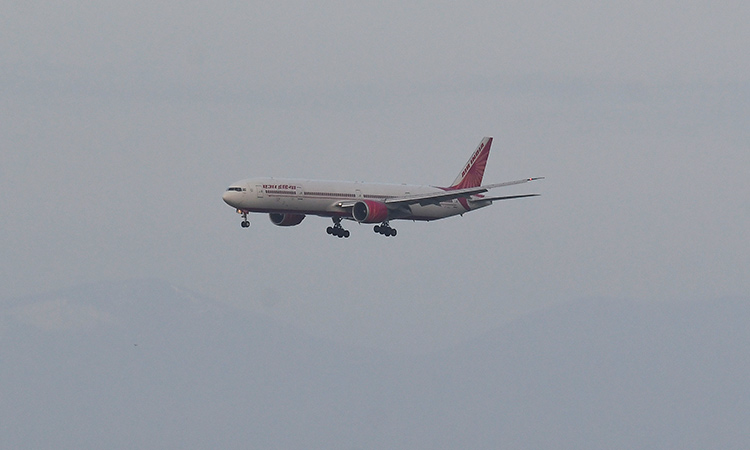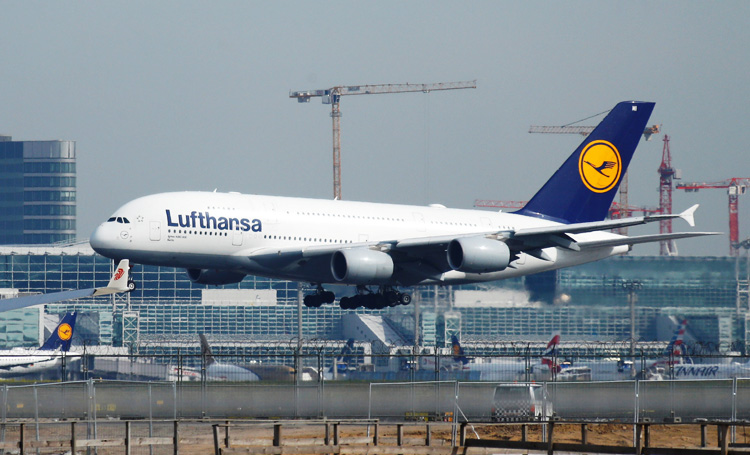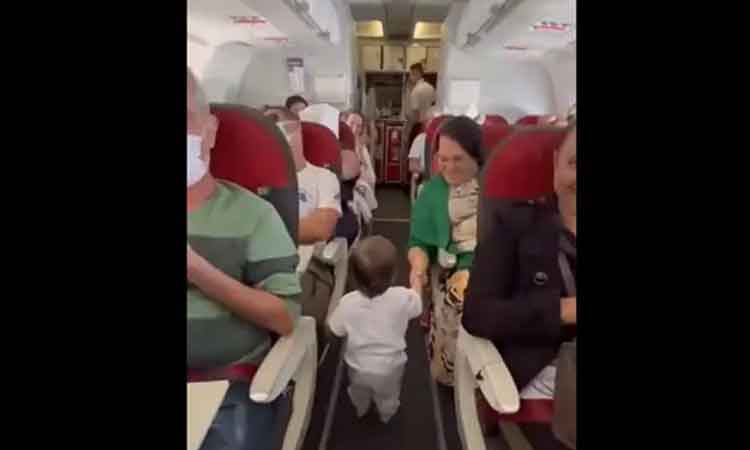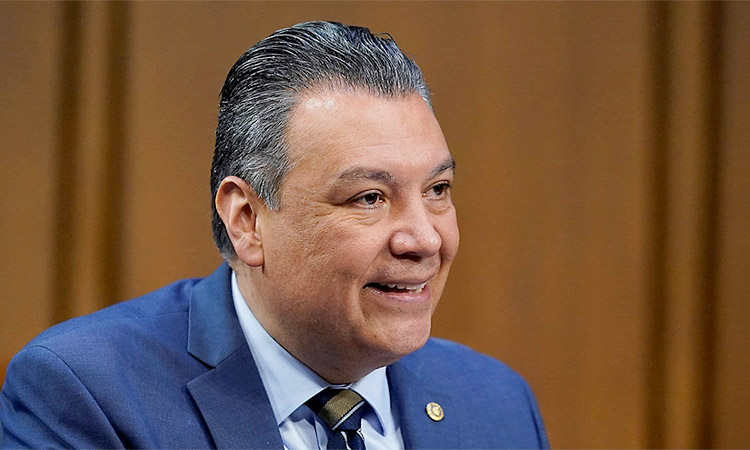Booking first flight of the day may not be good idea
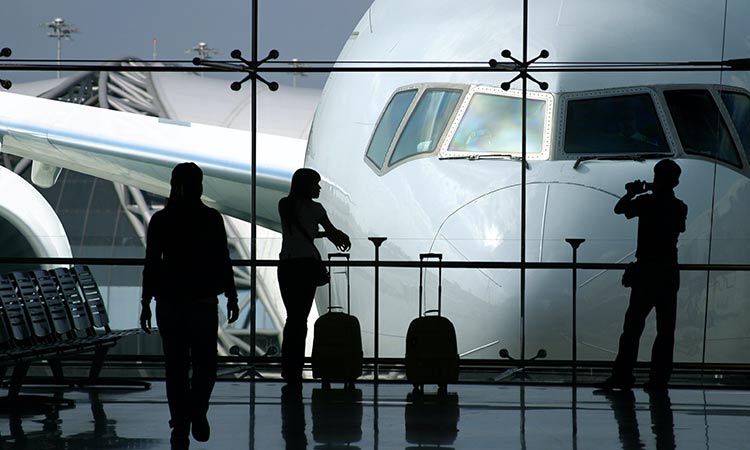
Representational image.
Sheldon H. Jacobson, The Tribune News Service
The summer of 2022 will go down on record with an unprecedented number of flight delays and cancellations. Few travelers have been spared from the air travel chaos, with everyone’s patience pushed to the edge.
Airlines have confessed to flight crew shortages that conflicted with the need for more flights to meet surging travel demand. With flight schedules cut to accommodate fewer available pilots, travelers had fewer flight options when unexpected weather, airplane mechanical problems or air traffic control issues occurred.
Conventional wisdom suggests that booking the first flight of the day is the best strategy to avoid unforeseen delays and cancellations. Such flights are often less crowded and with lower-airfare seats available. The airplanes have been cleaned and maintained after overnight safety checks, and hence are less prone to mechanical delays.
Moreover, summer thunderstorms most often occur during the afternoon hours as the atmosphere heats up. This means that early morning flights should offer overall less risk of delays and cancellations. Also, if any events that could affect the flight occur, it is easier to find alternative accommodations. Such thinking makes sense when your point of departure is a large hub airport like Chicago’s O’Hare International Airport, where dozens of airplanes and crews are available. Airline flight management and scheduling operations can then rearrange airplanes and flight crews to meet unexpected issues in a more flexible manner.
But what if you are flying out of a non-hub or regional airport like Peoria, Bloomington, Champaign or Madison, which all have fewer flights? Is the first flight of the day still your best strategy?
The answer may be no. Non-hub and regional airports typically have limited schedules flying into and out of hub airports, with many of these hubs located within 200 miles of them. They may offer anywhere between two and six flights per day into such airports.
The problem with the first flights of the day into a hub airport is that the airplane and crew that will take you on this flight were typically from the last flight of the previous day. If the first flights of the day are more reliable out of a hub airport, then the last flights of the day may be less reliable. To better see this, every segment that an airplane takes can be viewed as a link in a chain of flights. The same metaphor applies for flight crews. However, adjacent day chains are not completely disconnected, with the last link of one day connected to the first link of the following day. If the previous day was fraught with flight delays due to weather, flight crews may push up against their FAA-imposed flight hour limitations, making some of those last flights of a day more susceptible to cancellation. Moreover, even if the flight does arrive at your airport, your early morning flight may be delayed due to FAA minimal crew rest requirements.
So if the first flight of the day into a hub airport is not optimal, which flight is? The second bank of flights may offer a lower risk option, provided the planes and crews that will operate with such flights are part of the first bank of flights out of hub airports. These flights offer advantages for your flight when it eventually departs from your airport. Ideally, such flights should be in the morning. If they spill over into the afternoon, then the advantages that they offer may be lost.
No matter which flight you choose, there is no foolproof guarantee against flight delays and cancellations. The best strategy is to book flights that reduce your risk as much as possible. And even the best strategy can go awry when you least expect it.
Until airlines ramp up their available crews and build their schedules to meet demand, flight delays and cancellations will continue.
As we approach the end of the busy summer travel period, fall travel can be more placid and predictable, provided staffing issues are resolved, so air travelers can be offered more schedule choices.
With sufficient time to plan for the busy holiday travel period between Thanksgiving and New Year’s Day, airlines should be well positioned to deliver ample flight schedules to meet demand. Until then, choosing the first flight of the day out of hub airports and the second flight in the morning out of non-hub and regional airports improves your odds of a delay-free trip.

